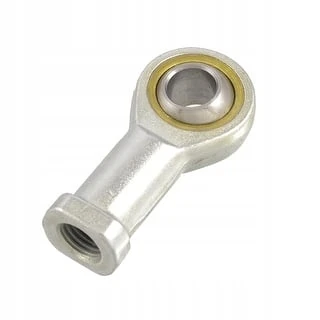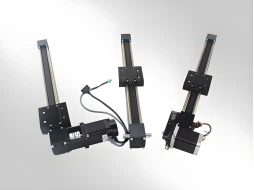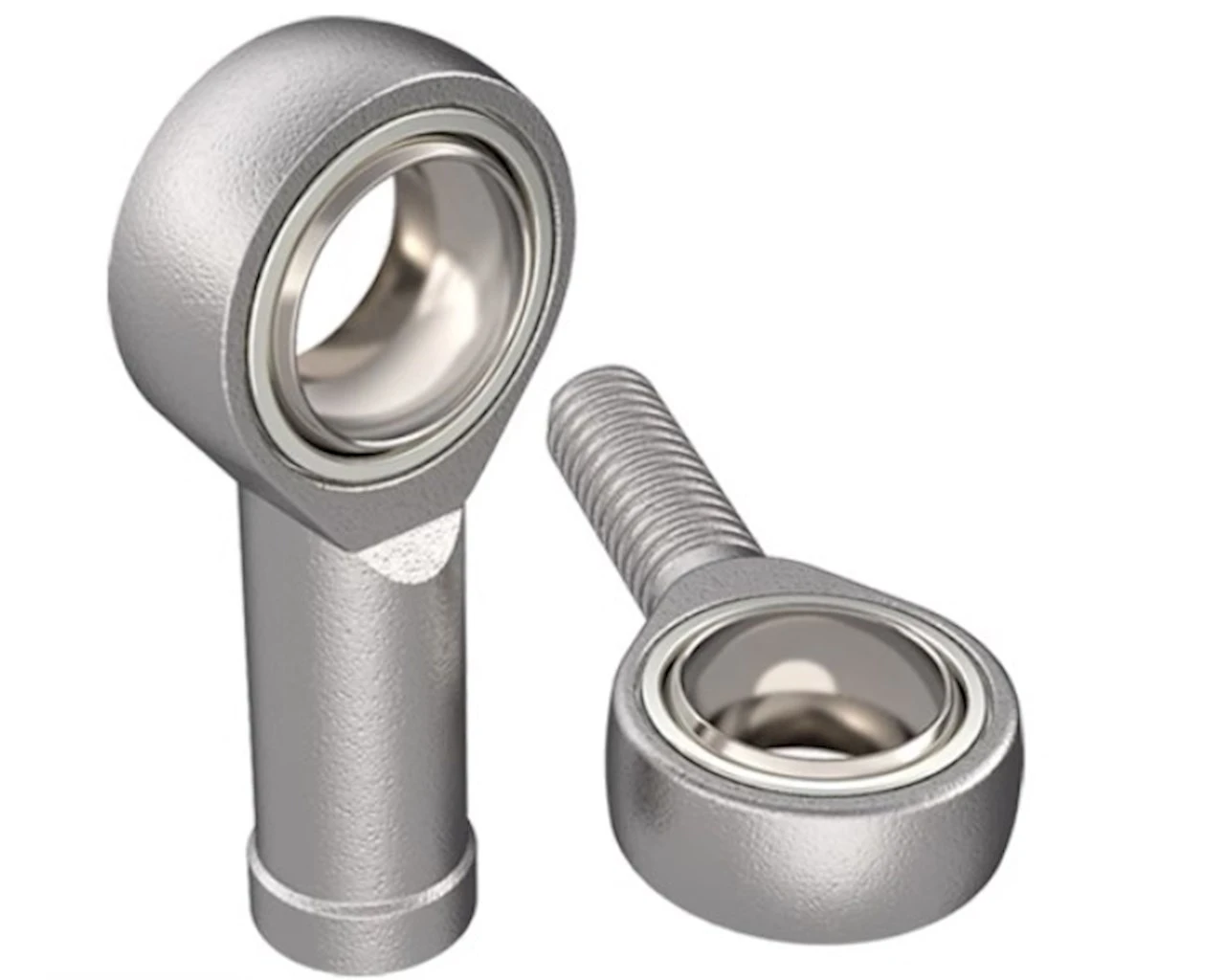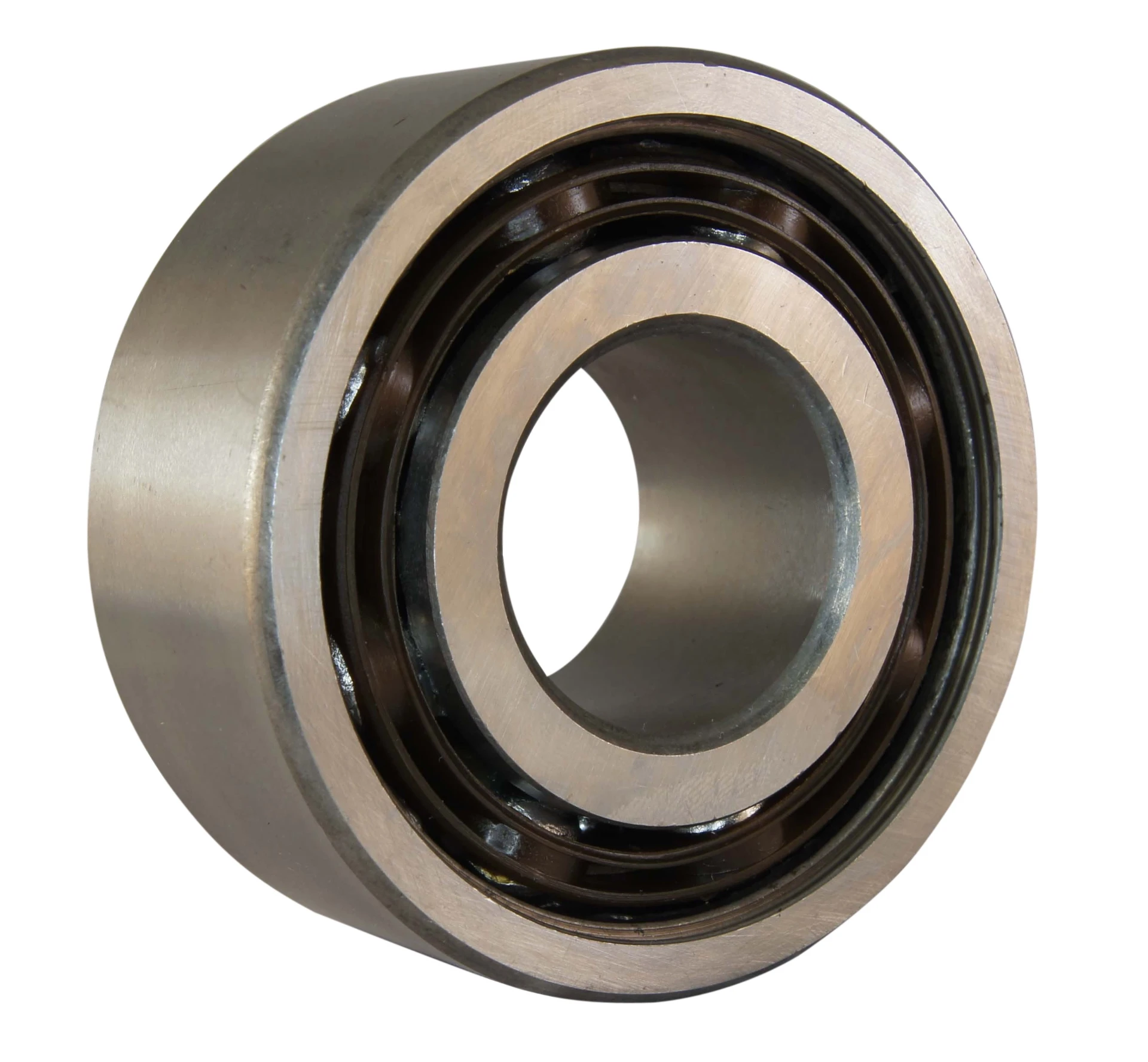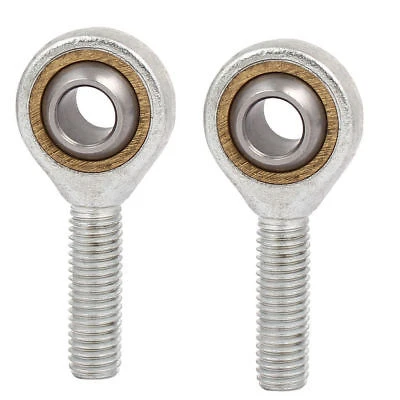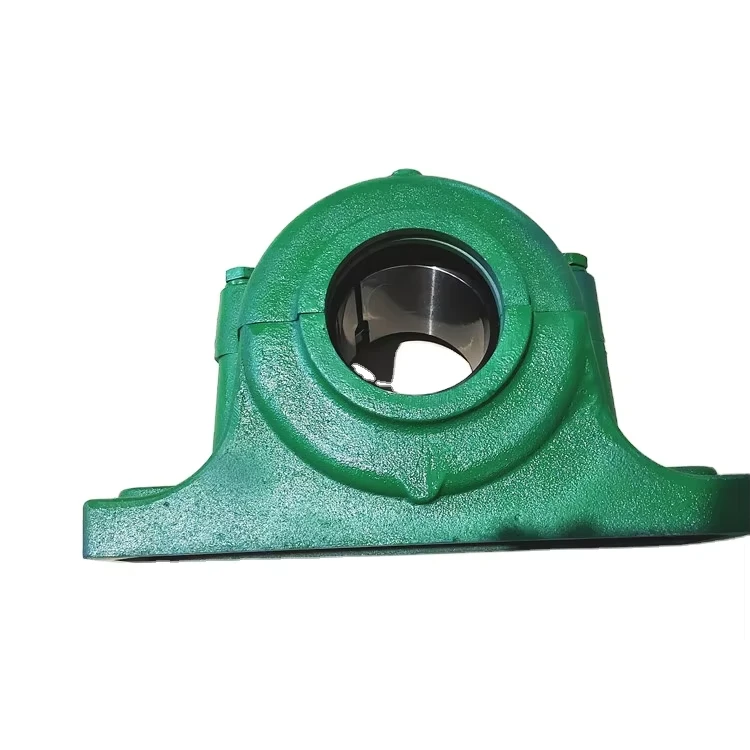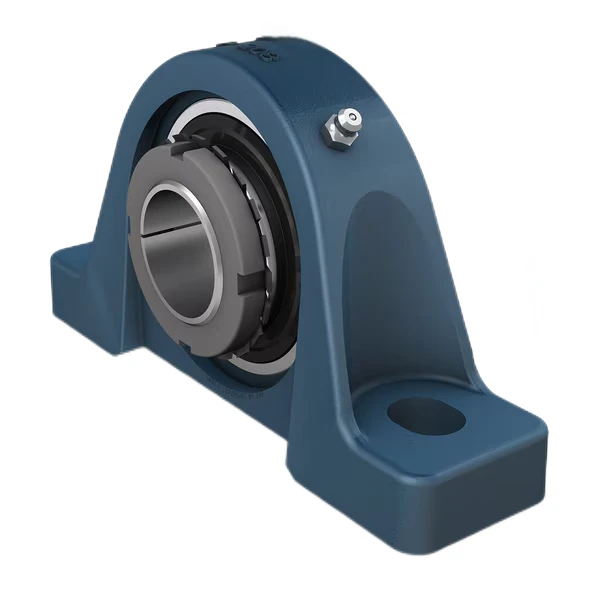Dec . 18, 2024 00:00 Back to list
Cylindrical Roller Bearings in Gear Reducers: Unique Features and Key Points
In the precise transmission field of Gear Reducers, are like a crucial gear. Although they may not attract much attention, they play an extremely important role silently. Their unique features and application key points are worth in-depth exploration.
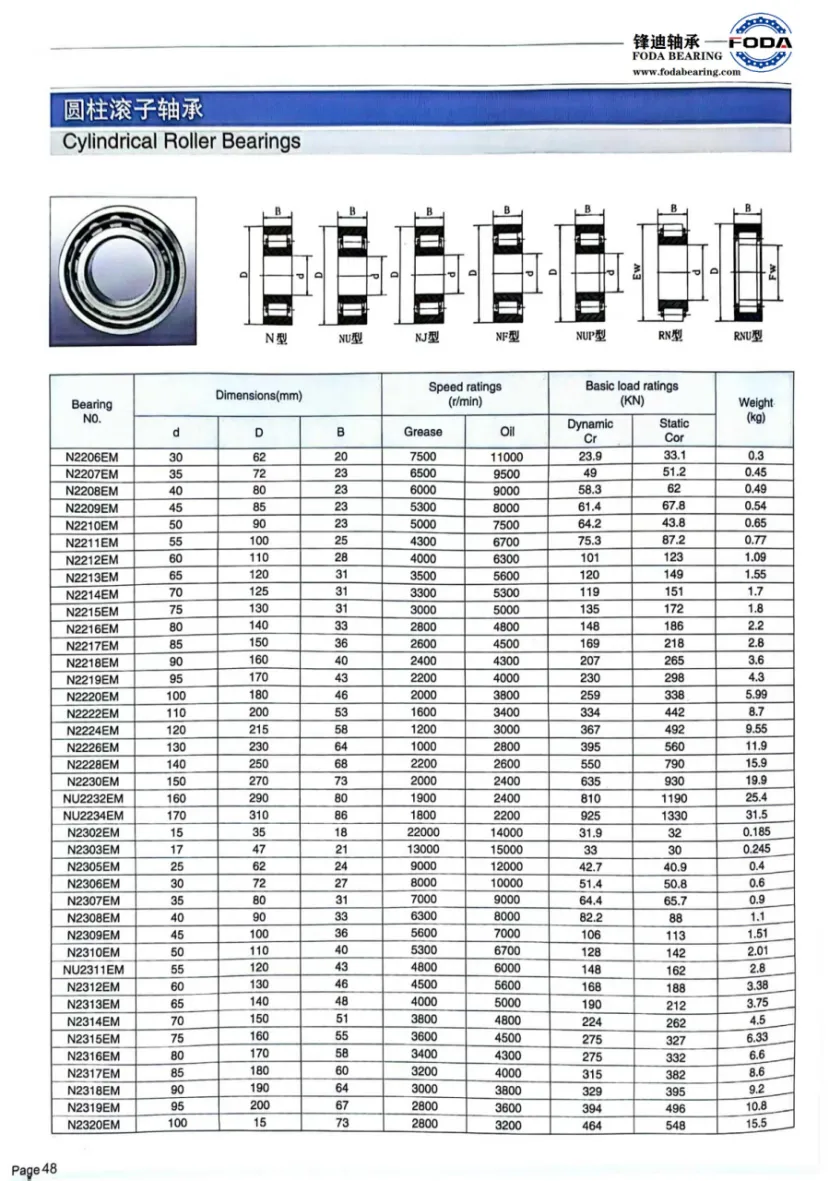
When Cylindrical Roller Bearings are applied to Gear Reducers, their structural characteristics bring excellent load-bearing capacity. Compared with other types of bearings, there is a line contact between the cylindrical rollers and the raceways, which enables them to bear huge loads in the radial direction. In large industrial Gear Reducers, such as the Gear Reducers of rolling mills on steel production lines or the hoisting mechanism Gear Reducers of port cranes, the powerful torque transmission and heavy load pressure constantly test the performance of the bearings. Cylindrical roller bearings, relying on their outstanding radial load-bearing capacity, firmly support the transmission shafts of the Gear Reducers, ensuring that power can be transmitted efficiently and stably among the gears at all levels, enabling these heavy-duty machines to operate smoothly, just like solid bridge piers supporting a bridge and allowing the "traffic flow" of industrial production to be unobstructed.
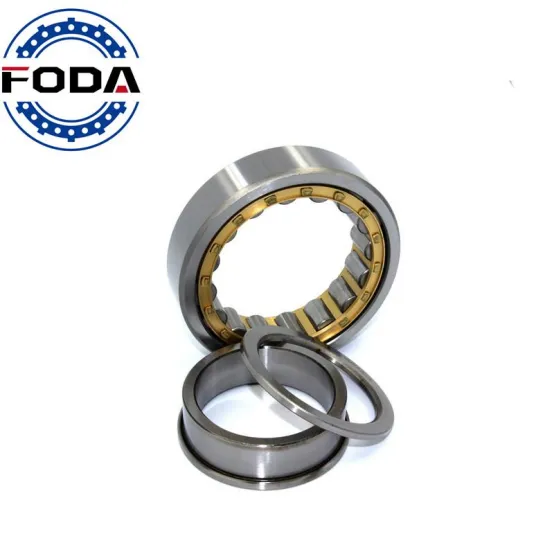
However, this line contact structure also brings certain limitations. Due to the relatively small contact area, the problem of friction heat generation of Cylindrical Roller Bearings is more prominent during high-speed operation. This requires that great attention must be paid to the lubrication and heat dissipation links in the design and operation process of Gear Reducers. For high-speed Gear Reducers, such as the speed-increasing Gear Reducers in wind power generation equipment, it is essential to use high-quality lubricating oil or grease and equip advanced lubrication systems. Oil mist lubrication or oil-gas lubrication systems can accurately spray the lubricant onto each friction part of the bearings, forming a uniform lubricating film, effectively reducing the friction coefficient and heat generation. Meanwhile, reasonably designing the heat dissipation structure of the gear reducer, such as adding heat sinks and optimizing ventilation channels, helps to timely dissipate the heat generated during the operation of the bearings, preventing problems such as aggravated wear, decreased precision, and even early failure of the bearings due to overheating.
The installation accuracy of Cylindrical Roller Bearings has a profound impact on the performance of Gear Reducers. During the installation process, the radial clearance and axial clearance of the bearings must be strictly controlled. If the clearance is too large, it will cause excessive vibration and noise during the operation of the bearings, reduce the transmission efficiency, and affect the positioning accuracy of the gear reducer; if the clearance is too small, the internal friction of the bearings will increase, and serious heat generation will occur, which will also shorten the service life of the bearings. For example, in the spindle Gear Reducers of CNC machine tools, the requirements for the clearance of bearings are extremely strict. Professional measuring instruments and precise installation processes are often required to ensure that the clearance is in the optimal state. Usually, the bearings need to be preloaded before installation. By applying a certain axial force, the original clearance of the bearings is eliminated, the rigidity and rotational accuracy of the bearings are improved, thus ensuring that the spindle can rotate stably and precisely when the CNC machine tool processes high-precision parts, and products that meet the quality requirements can be machined.
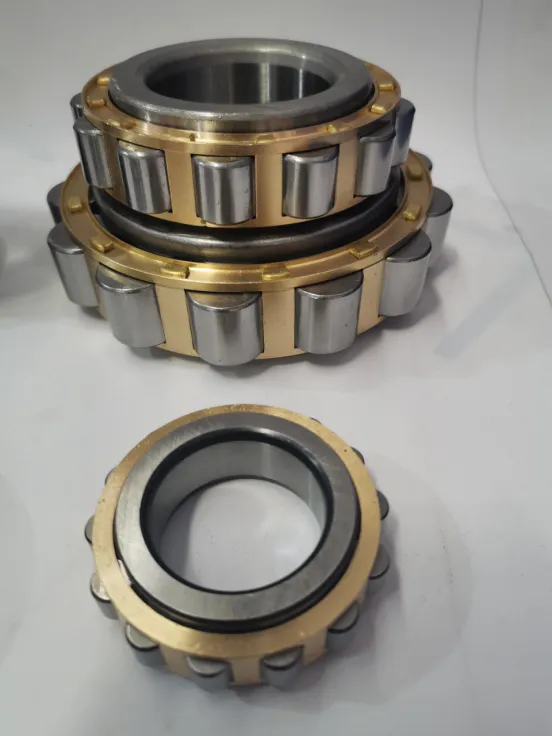
In addition, the design of the cage of Cylindrical Roller Bearings is also a point that cannot be ignored. The main function of the cage is to separate the rollers, guide the rollers to roll smoothly in the raceways, and prevent the rollers from colliding with each other. During the operation of the gear reducer, the cage has to bear various forces such as the centrifugal force from the rollers, the friction force, and the impact force generated by load changes. Therefore, the material and structural design of the cage must have sufficient strength and toughness. For some high-speed and heavy-duty gear reducer application scenarios, using high-strength copper alloys or engineering plastics as the materials for the cage and optimizing its structural shape, such as adopting pocket or window structures, can improve the reliability and durability of the cage. For example, in the Gear Reducers of automobile automatic transmissions, the performance of the cage is directly related to the smoothness and reliability of the entire transmission's shifting. High-quality cages can ensure that the Cylindrical Roller Bearings maintain a stable operating state during frequent shifting processes, providing a strong guarantee for the smooth driving of automobiles.
In the world of Gear Reducers, Cylindrical Roller Bearings have become indispensable key components due to their unique performance advantages. However, to fully utilize their potential, great attention and strict control must be given in aspects such as design, installation, lubrication, heat dissipation, and cage selection. Only in this way can it be ensured that the Cylindrical Roller Bearings operate stably in the Gear Reducers, providing a solid and reliable support for the efficient and precise transmission of industrial production, and promoting the mechanical equipment in various industries to continuously move forward in the direction of higher performance and more reliable operation.
|
FODA BEARING TYPE |
peculiarity |
ITEM |
SIZE(d / D / B) |
Application scenario |
|
NU series |
Outer ring has two double flanges, inner ring has no flange and can be disassembled freely on both sides. Allows shaft to have a certain displacement relative to bearing housing in two directions. |
NU205, NU310 |
25mm/52mm/15mm for NU205; 50mm/110mm/27mm for NU310 |
Often used in small or medium-sized Gear Reducers, especially at shaft end support positions. |
|
NJ series |
Outer ring has two double flanges, inner ring has a single flange and can be disassembled on one side. Can bear a certain amount of unidirectional axial load while bearing radial load. |
NJ210, NJ320 |
50mm/90mm/20mm for NJ210; 100mm/215mm/47mm for NJ320 |
Widely used in output shafts and input shafts of reducers. |
|
NUP series |
Outer ring has two double flanges, inner ring has a single flange and a flat retaining ring. The flat retaining ring can better bear axial load and prevent axial movement of inner ring during operation. |
NUP208, NUP316 |
40mm/80mm/18mm for NUP208; 80mm/170mm/39mm for NUP316 |
Suitable for reducer parts with high axial positioning requirements. |
|
RN series (Cylindrical Roller Bearings without outer ring) |
No outer ring, inner ring has two flanges and there is no detachable part. Compact structure and small space occupation. |
RN206, RN308 |
30mm/52mm/16mm for RN206; 40mm/80mm/23mm for RN308 |
Often used in small reducers or reducers with high space requirements. |
|
SL series (single row Cylindrical Roller Bearings without outer ring) |
Special structure with no outer ring and rollers directly contact the reducer housing. Has high load-carrying capacity and good rigidity. |
SL182206, SL183010 |
Vary according to different models |
Applied in some specific reducer models. |
-
Double Threaded Screw Slide: Achieving an Astounding Precision of 0.01mm while Bearing 100kg!
NewsApr.28,2025
-
Notice of May Day Labor Day Holiday |
NewsApr.24,2025
-
Lightning - Fast 90° Rotation and Pick - up in 6 Seconds!
NewsApr.24,2025
-
Revolutionary 10 - Meter Travel Linear Motors Unveiled
NewsApr.24,2025
-
Linear Module Dual-station Multi-mover Guided Dispensing: A Reliable Helper in Production
NewsApr.22,2025
-
Stop Worrying About Item Transferring! Linear Modules to the Rescue!
NewsApr.18,2025
Products categories
-
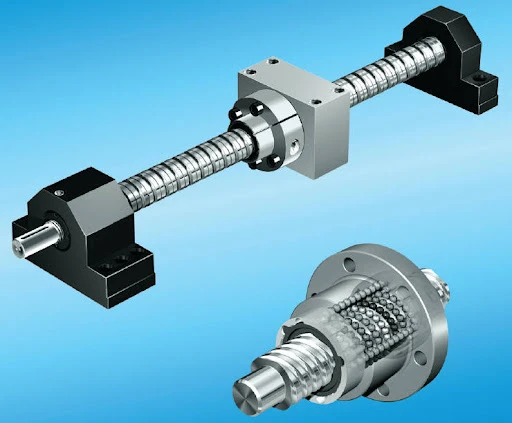 Double Threaded Screw Slide: Achieving an Astounding Precision of 0.01mm while Bearing 100kg!Double thread screw slide # high precision # high loadRead More
Double Threaded Screw Slide: Achieving an Astounding Precision of 0.01mm while Bearing 100kg!Double thread screw slide # high precision # high loadRead More -
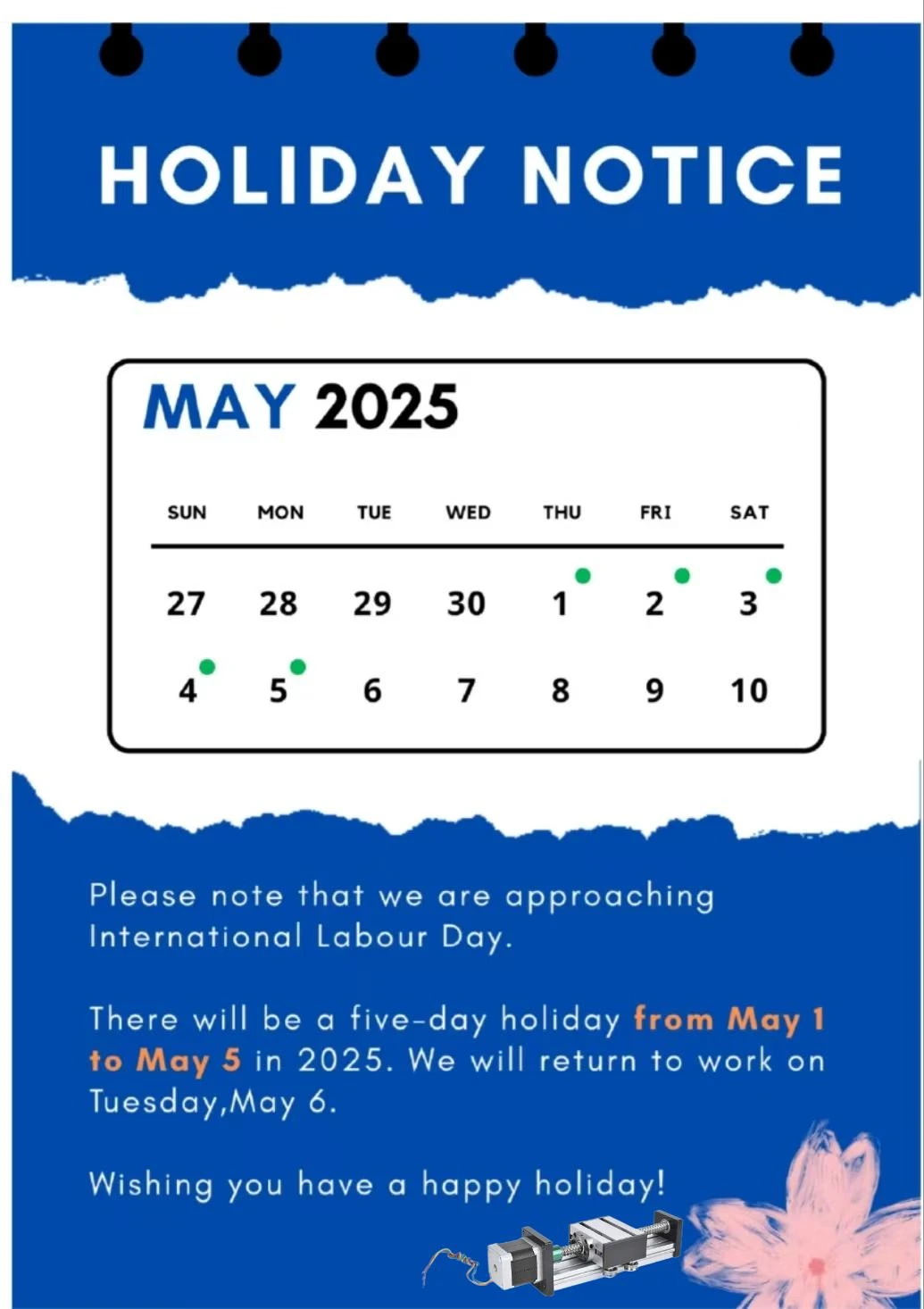 Notice of May Day Labor Day Holiday |Notice of May Day Labor Day Holiday | Grateful for Your Company, Looking Forward to New Achievements TogetherRead More
Notice of May Day Labor Day Holiday |Notice of May Day Labor Day Holiday | Grateful for Your Company, Looking Forward to New Achievements TogetherRead More -
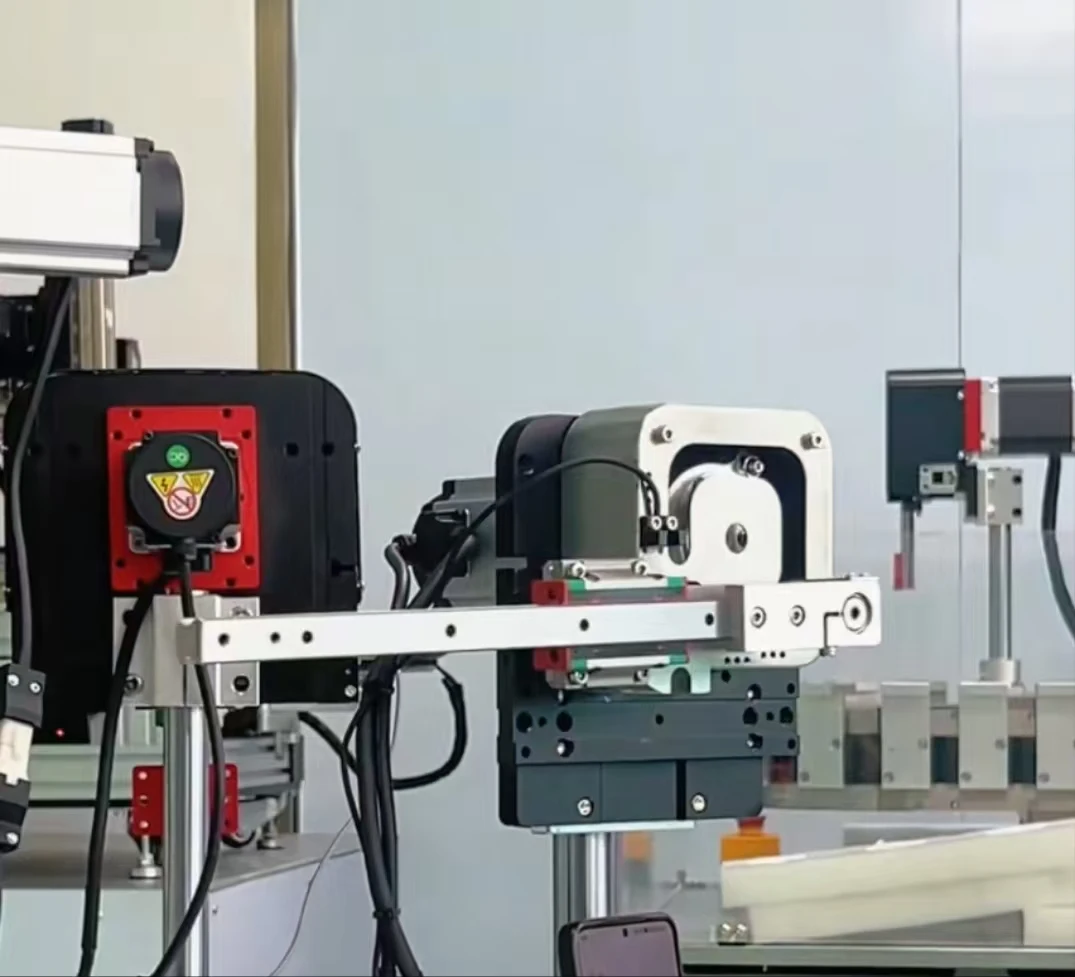 Lightning - Fast 90° Rotation and Pick - up in 6 Seconds!In the fast - paced race of industrial production, efficiency is the core of competitiveneRead More
Lightning - Fast 90° Rotation and Pick - up in 6 Seconds!In the fast - paced race of industrial production, efficiency is the core of competitiveneRead More
Manufacturing & Processing


